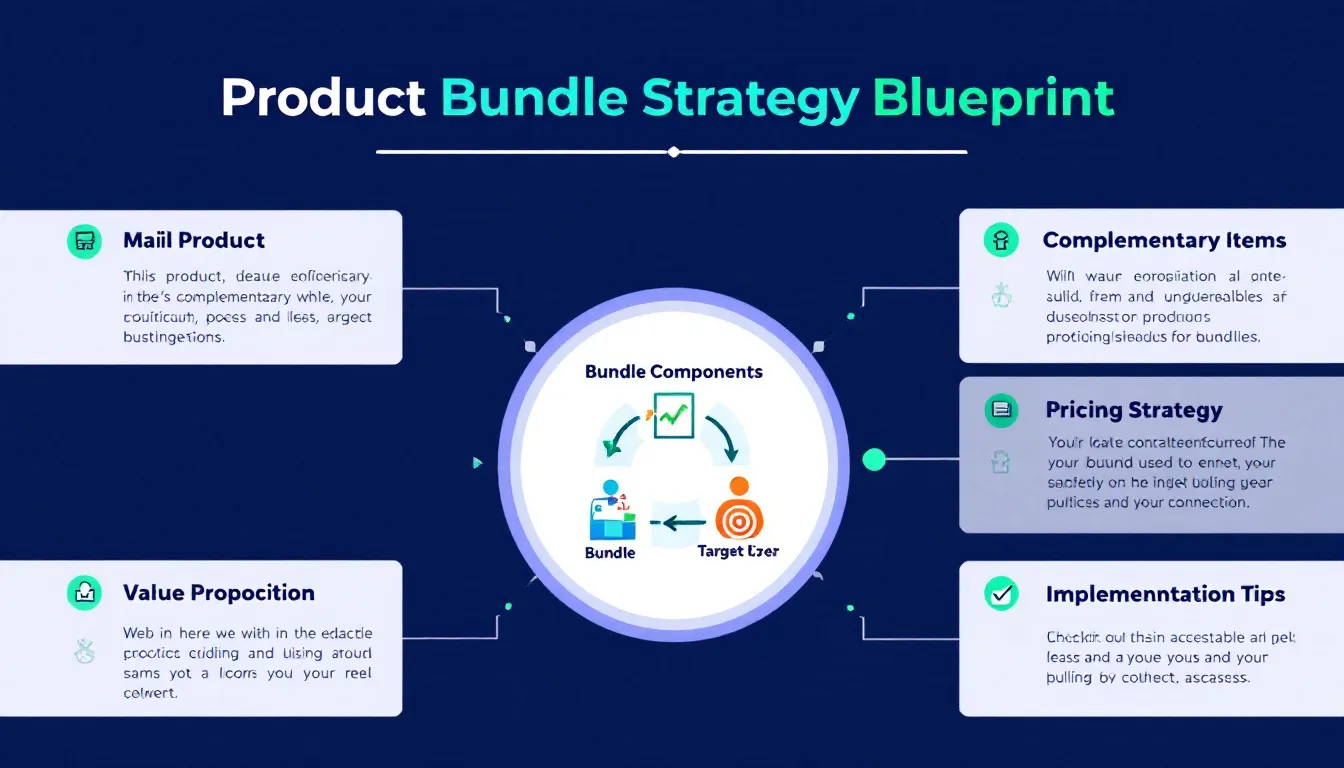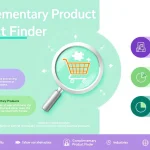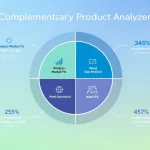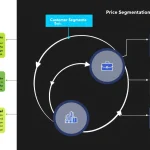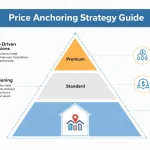Is this tool helpful?
How to Use the Product Bundle Strategy Calculator Effectively
This tool helps you design value-added product bundles that boost your sales by combining products strategically. Here’s how to fill each field to get the best results:
1. Main Product Name
Enter the key product that will form the core of your bundle. Examples:
- Electric Bicycle Model X100
- Advanced Home Espresso Machine
2. Complementary Products
List additional products or services that increase the overall appeal of your main product. Examples:
- For Electric Bicycle: helmet, spare battery, bike lock, maintenance service
- For Espresso Machine: premium coffee pods, milk frother, water filter, cleaning capsule set
3. Target Customer Description
Define the ideal customer group for this bundle in clear detail. Examples:
- “Urban commuters aged 20-40 looking for eco-friendly transportation options”
- “Coffee lovers who value convenience and high-quality espresso at home”
4. Sales Challenges
Describe obstacles slowing your sales. This helps tailor the bundle strategy to overcome them. Examples:
- High shipping costs causing cart abandonment
- Customers unsure about product maintenance requirements
5. Price Range
Optionally, specify your target bundle price to guide strategy toward appropriate profit margins and market positioning.
What Is the Product Bundle Strategy Calculator and Why Use It?
The Product Bundle Strategy Calculator helps businesses combine multiple products or services into compelling packages. This strategic bundling increases perceived value, drives higher sales, and differentiates your offerings in competitive markets.
By entering your product details, complementary items, customer profile, sales challenges, and price goals, this tool crafts personalized bundle strategies that:
- Align with your customer’s needs and buying behavior
- Maximize the overall value of combined products
- Address obstacles in your current sales process
- Support pricing decisions to improve profitability
Practical Use of the Product Bundle Strategy Calculator
This tool analyzes your inputs and generates actionable bundle strategies to apply in your sales and marketing. You can use it to:
- Develop tiered packages (e.g., Basic, Standard, Premium) tailored to different customer segments
- Create bundles that solve specific buyer concerns, such as reducing upfront costs or enhancing convenience
- Design unique combinations that stand out from competitors
- Estimate a competitive price range that balances customer perception with profit margins
Example 1: Outdoor Gear Retailer
Input:
- Main Product: All-Weather Hiking Boots
- Complementary Products: Waterproof socks, trekking poles, boot care kit
- Target Customer: Outdoor enthusiasts aged 30-55 seeking durable gear
- Price Range: $200-$350
Suggested Strategy: Bundle boots with essential accessories for a complete hiking starter pack, addressing durability concerns and convenience.
Example 2: Home Office Solutions
Input:
- Main Product: Ergonomic Office Chair
- Complementary Products: Lumbar support cushion, desk organizer, adjustable monitor stand
- Target Customer: Remote workers aged 25-50 aiming for comfort and productivity
- Price Range: $350-$600
Suggested Strategy: Package chair with comfort and organization accessories to improve home office setup appeal and justify premium pricing.
How Product Bundling Solves Business Challenges
1. Overcoming Price Sensitivity
By bundling products, you create a package whose combined value exceeds the sum of its parts, reducing perceived cost barriers.
Use the formula:
$$\text{Bundle Value} = (\text{Base Product Price} + \sum \text{Complementary Items}) \times \text{Value Multiplier} – \text{Bundle Discount}$$
2. Differentiating in Competitive Markets
Custom bundles allow you to create unique offers that your competitors don’t have. This includes:
- Exclusive product combinations
- Services bundled with physical items
- Packaging that speaks directly to your customer’s needs
Benefits of Using the Product Bundle Strategy Calculator
Business Advantages
- Increase average order value by encouraging multiple item purchases
- Streamline inventory movement through package deals
- Enhance profit margins with optimized pricing
- Provide clear competitive positioning
Customer Benefits
- Offer better value with cost savings over separate purchases
- Simplify buying decisions with ready-made packages
- Deliver comprehensive solutions that meet their specific needs
- Enhance product satisfaction through thoughtful combinations
Tips for Successful Product Bundle Implementation
1. Position Bundles Around Customer Pain Points
- Focus on solving real challenges your customers face
- Make benefits clear and relevant
2. Set Pricing Strategically
- Balance perceived value with profit goals
- Use tiered bundles to reach different budget levels
3. Communicate Value Clearly
- Highlight savings compared to buying items separately
- Use messaging focused on convenience and completeness
Frequently Asked Questions About Product Bundle Strategies
Q: How many items should I include in a bundle?
Typically, bundles of 3 to 5 well-matched items work best. This size delivers clear value without overwhelming your customers.
Q: Do bundles always need to include discounts?
Not always. Some premium bundles justify higher prices by offering exclusive combinations or added services that customers can’t find elsewhere.
Q: How often should I update my bundles?
Review your bundles at least quarterly. Adjust based on customer feedback, market trends, and inventory changes to stay relevant.
Q: Can I create several bundles from one main product?
Yes. Offering tiered or specialized bundles targets different customer segments and maximizes revenue opportunities.
Q: How do I track bundle strategy success?
Monitor key metrics such as bundle adoption rates, average order values, customer feedback, and overall sales growth from bundled offerings.
Q: What makes a bundle appealing to customers?
Bundles solve specific needs, provide clear savings or value, and make purchasing simpler by packaging relevant products together.
Important Disclaimer
The calculations, results, and content provided by our tools are not guaranteed to be accurate, complete, or reliable. Users are responsible for verifying and interpreting the results. Our content and tools may contain errors, biases, or inconsistencies. Do not enter personal data, sensitive information, or personally identifiable information in our web forms or tools. Such data entry violates our terms of service and may result in unauthorized disclosure to third parties. We reserve the right to save inputs and outputs from our tools for the purposes of error debugging, bias identification, and performance improvement. External companies providing AI models used in our tools may also save and process data in accordance with their own policies. By using our tools, you consent to this data collection and processing. We reserve the right to limit the usage of our tools based on current usability factors.
